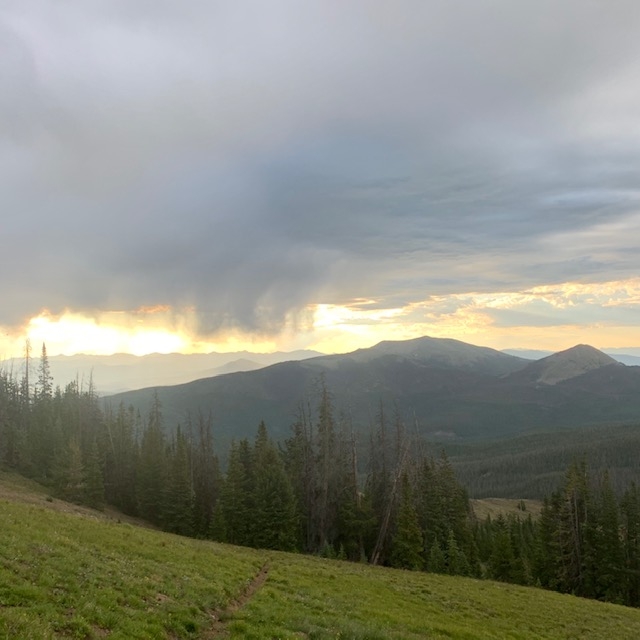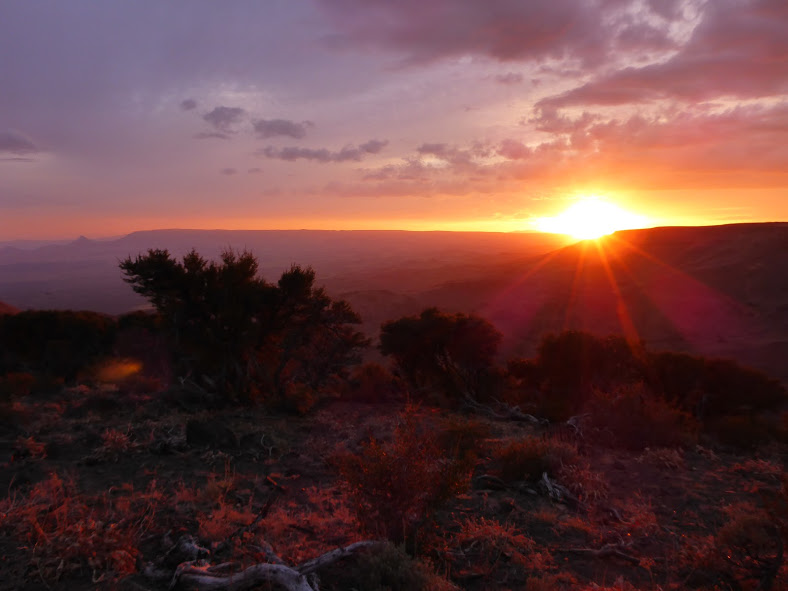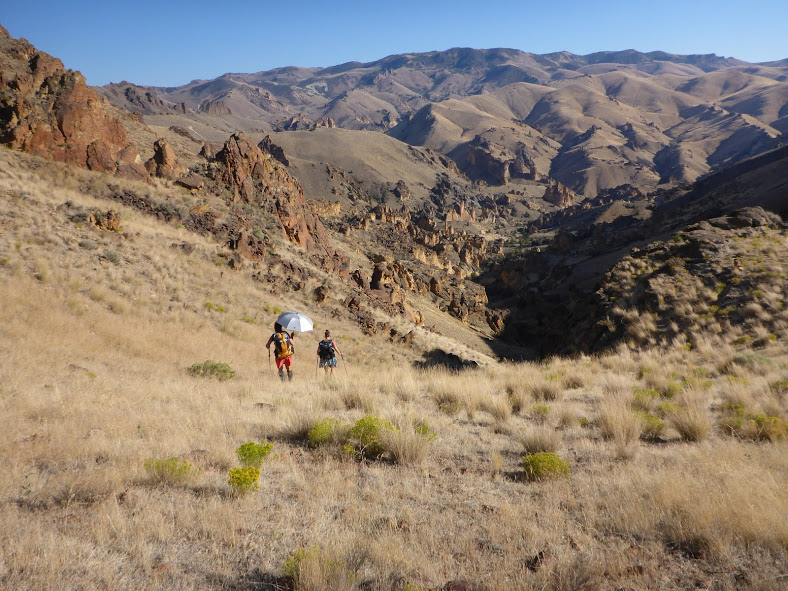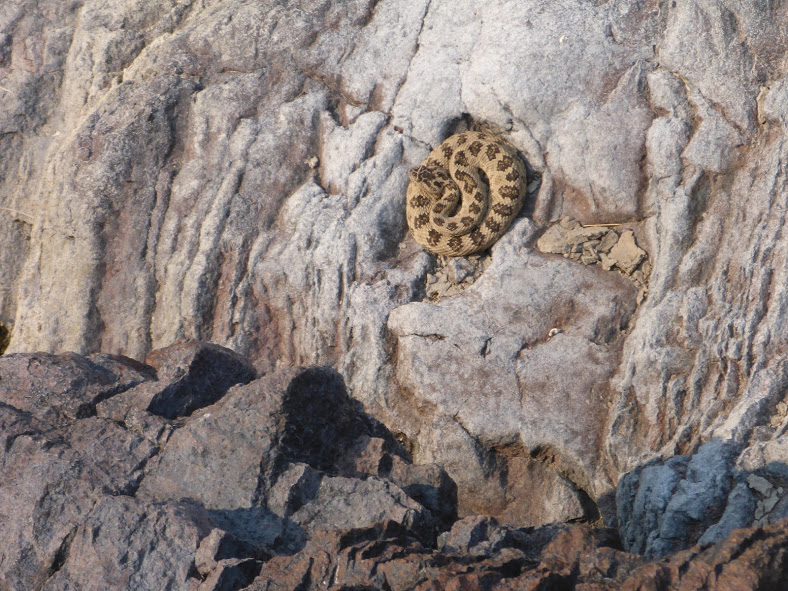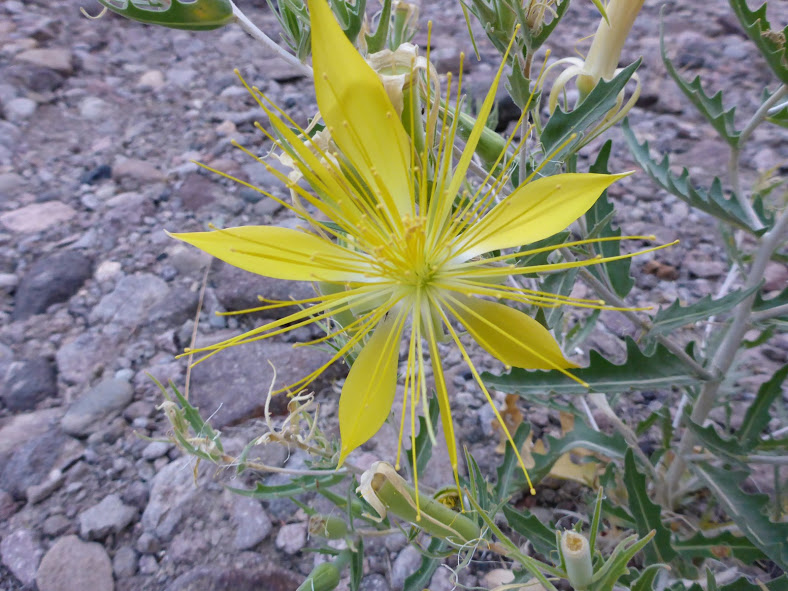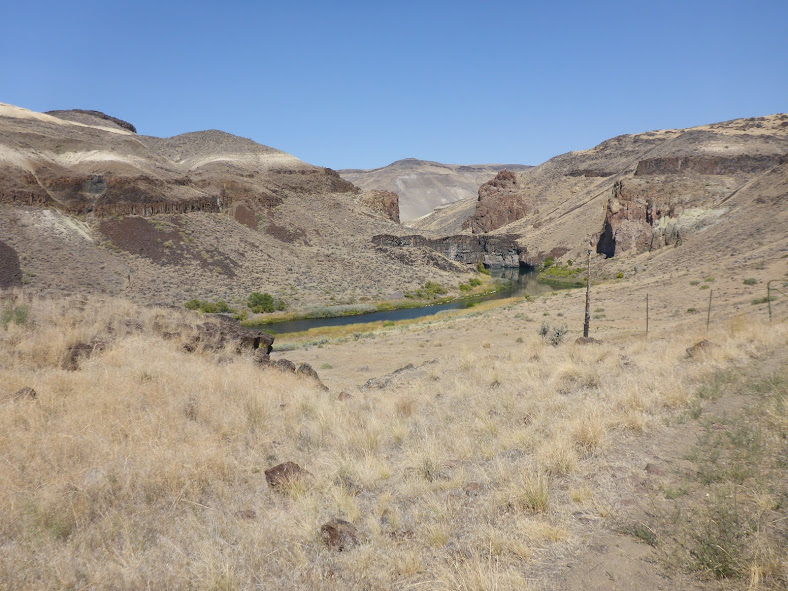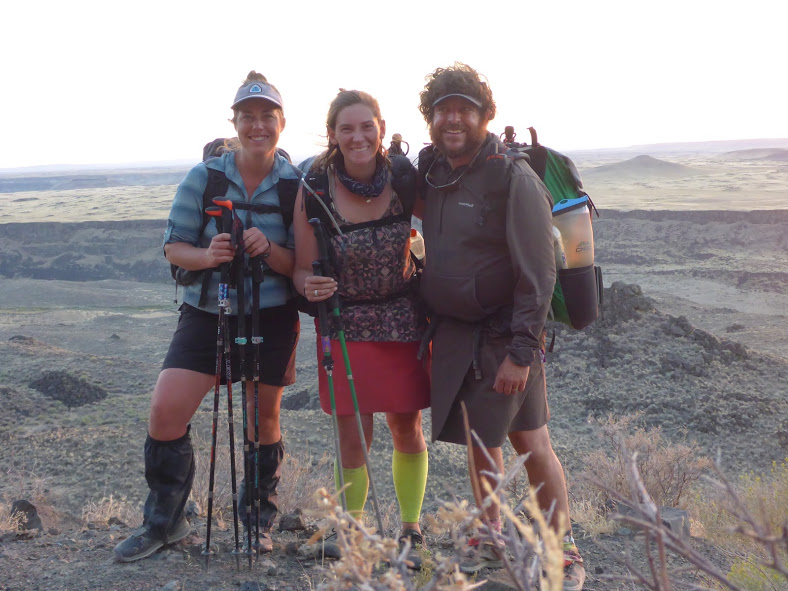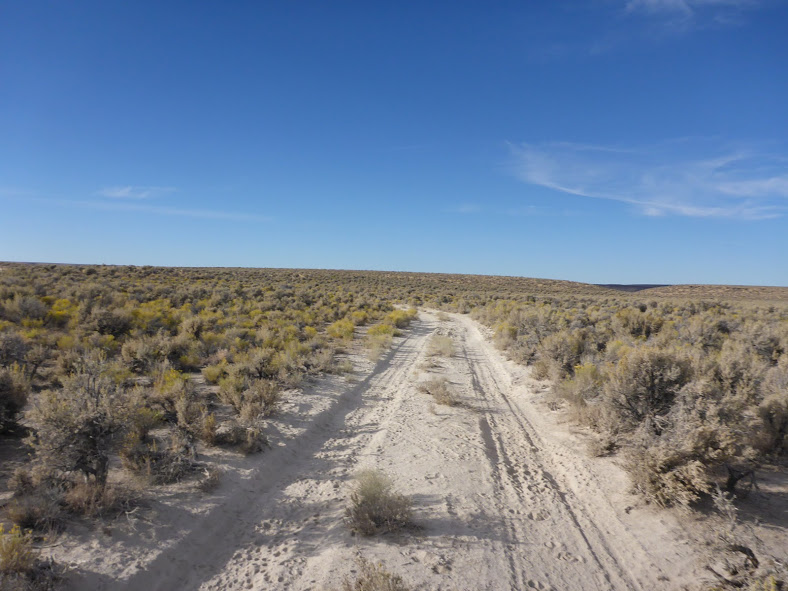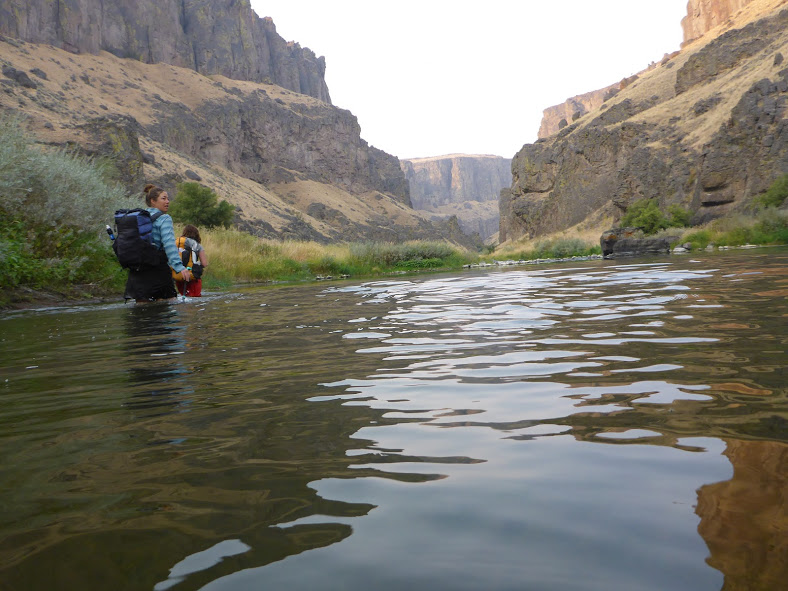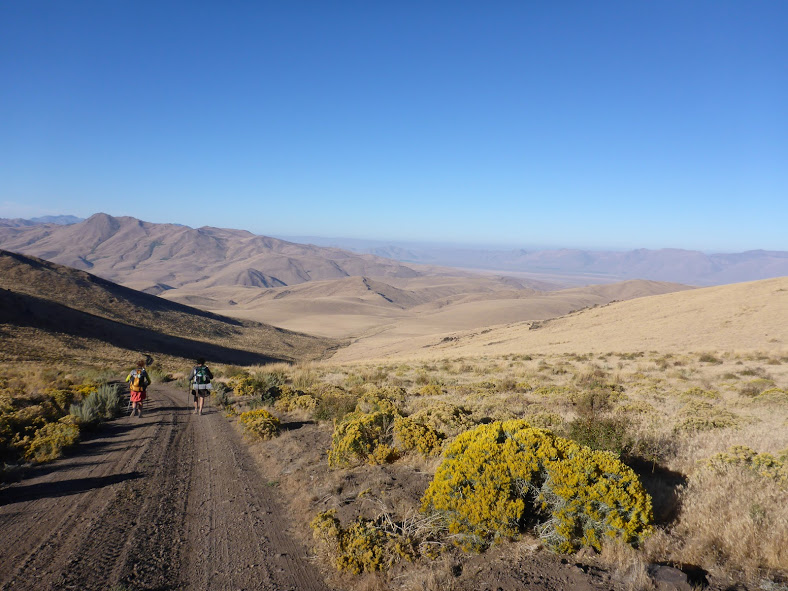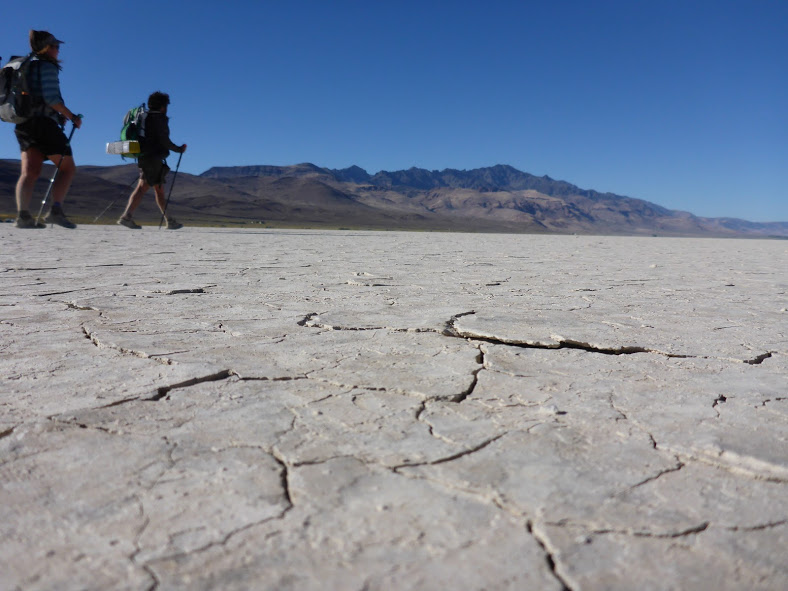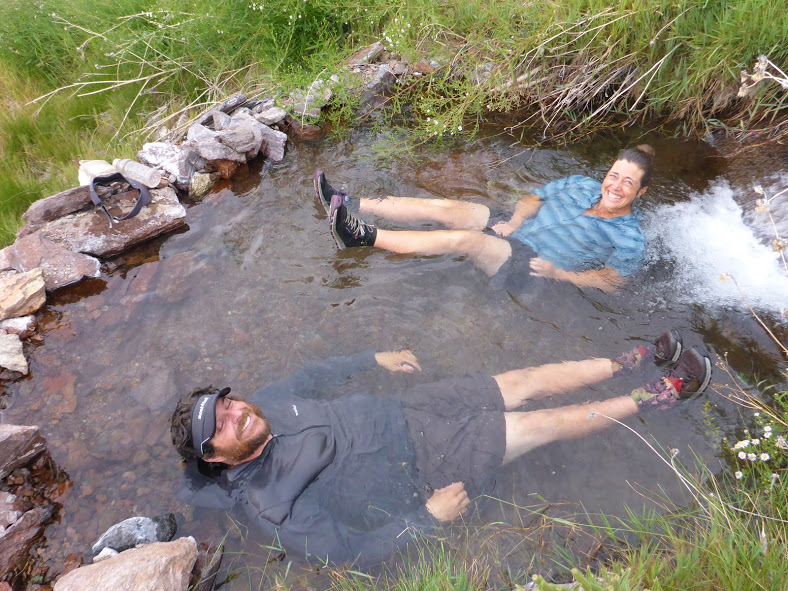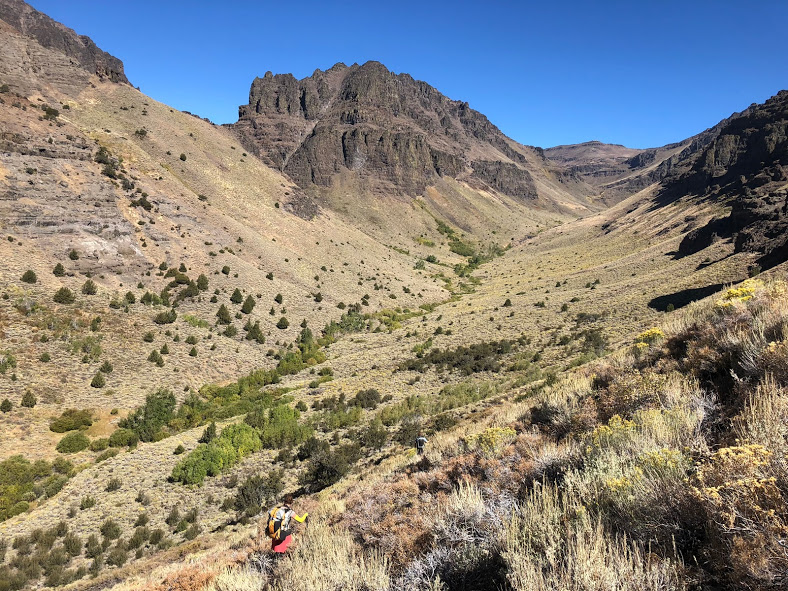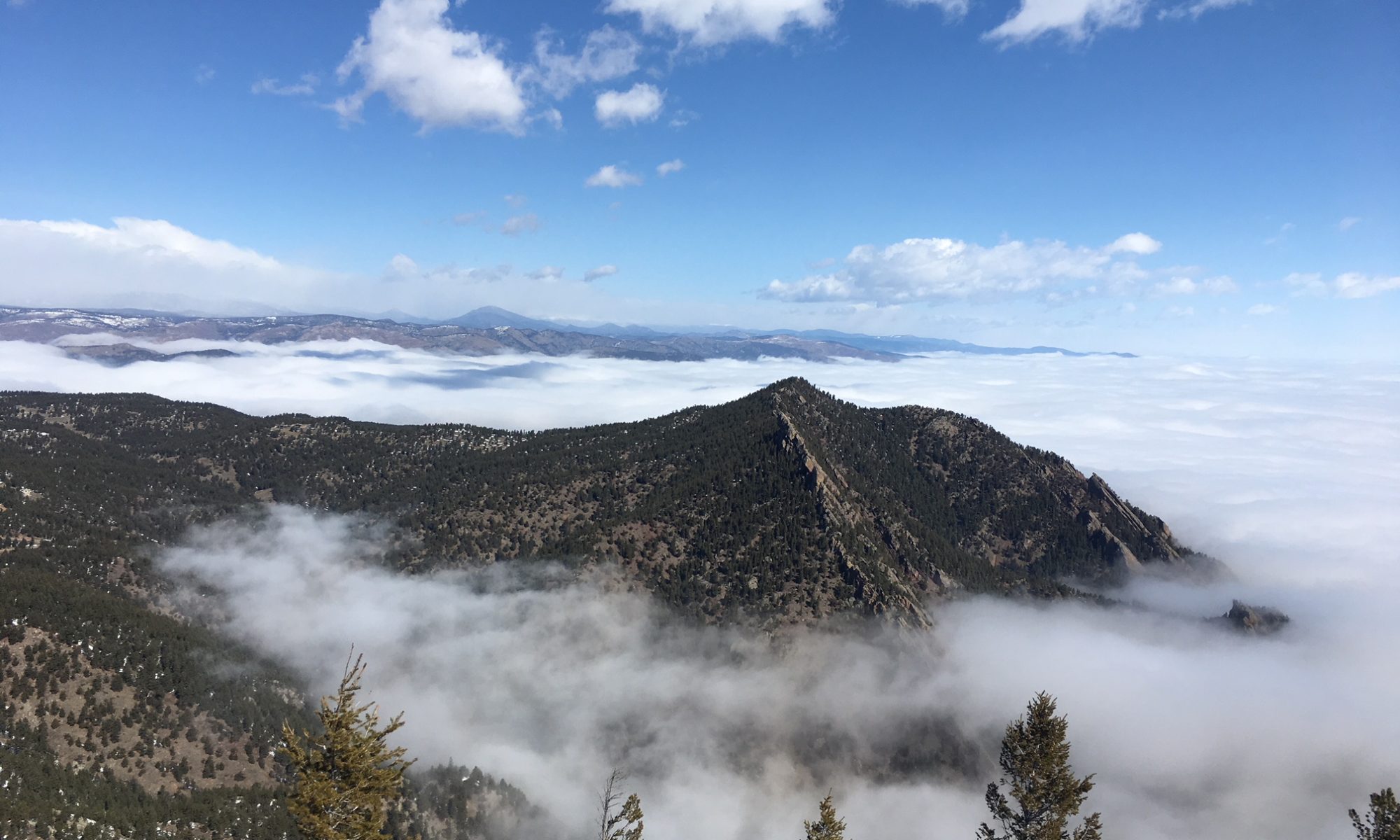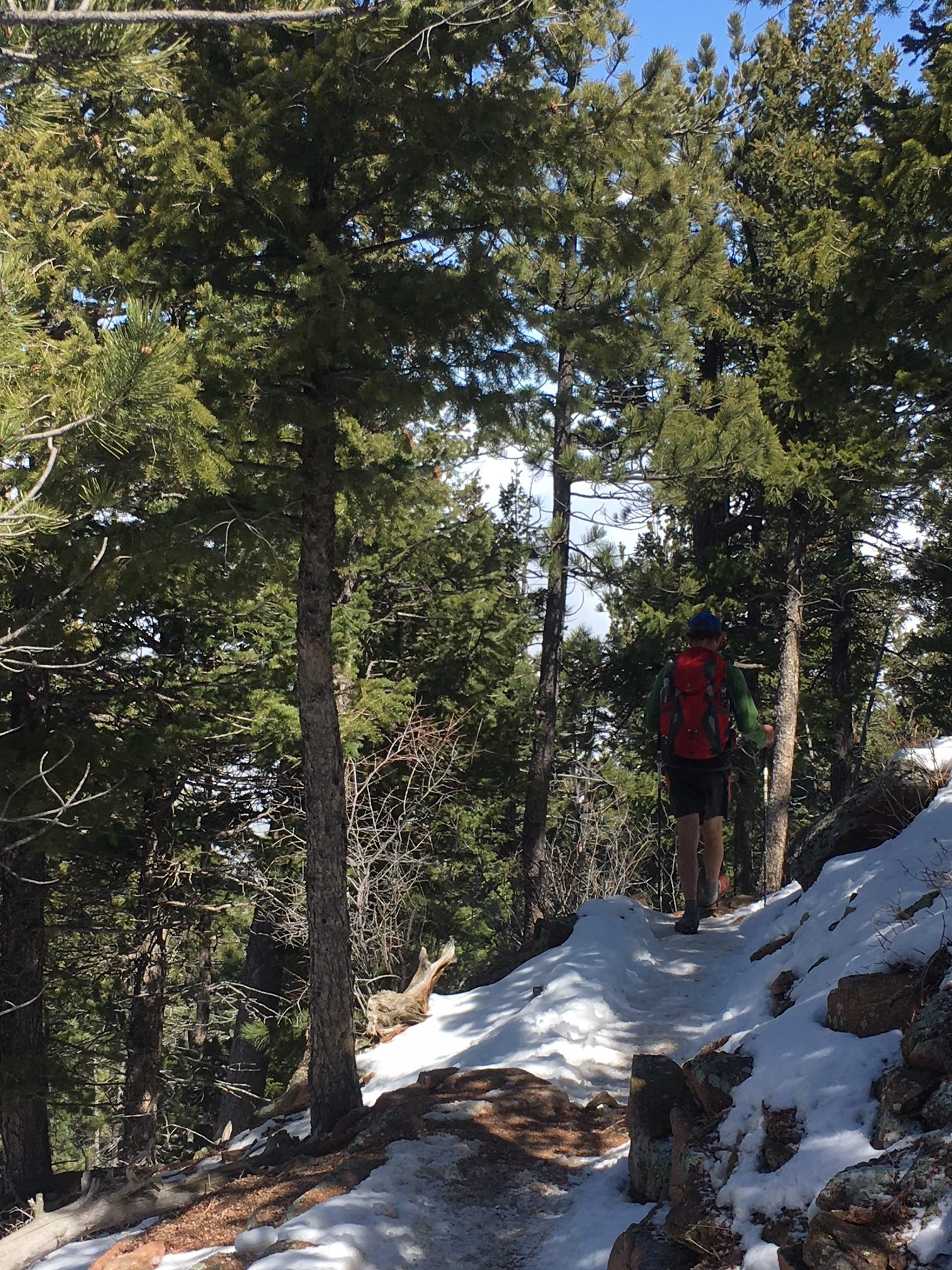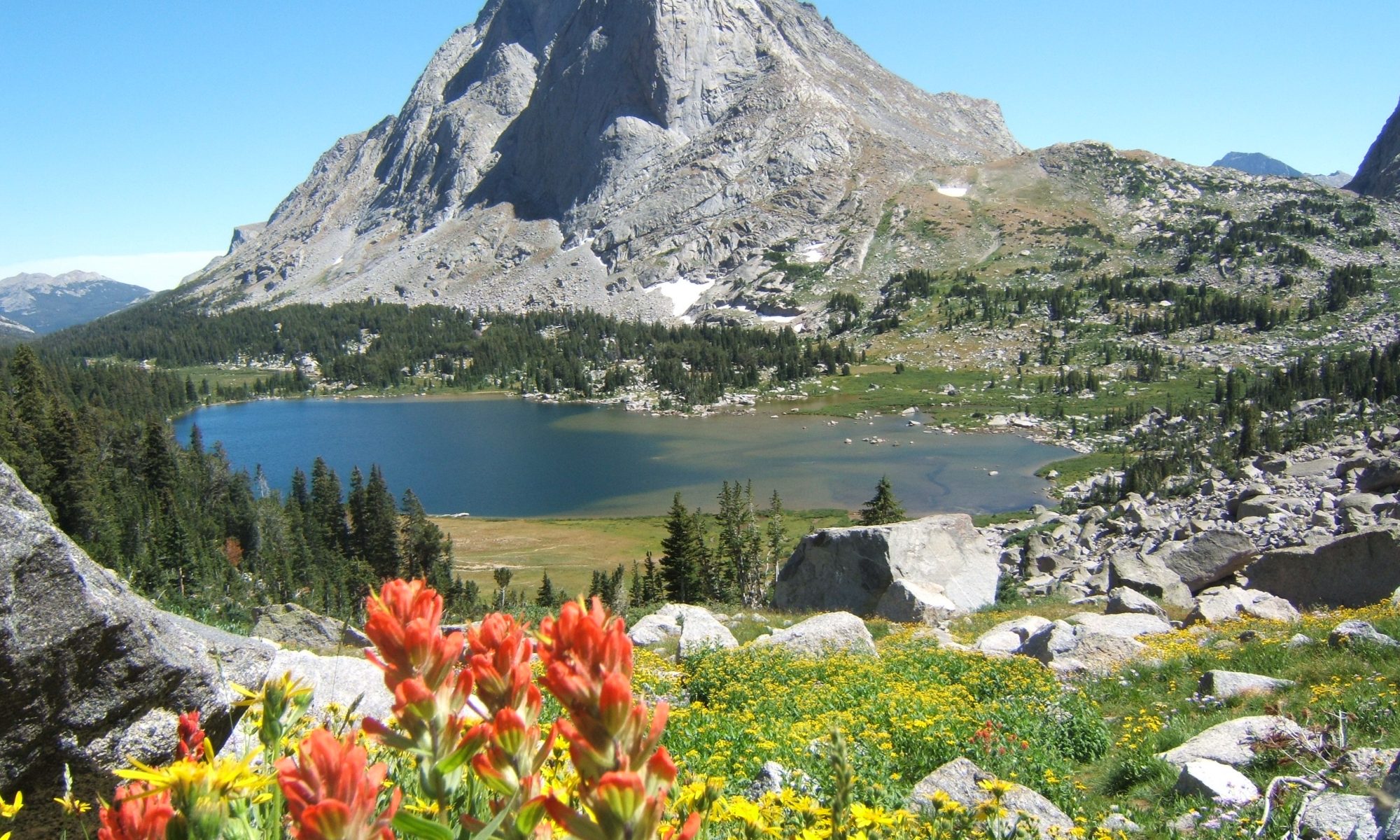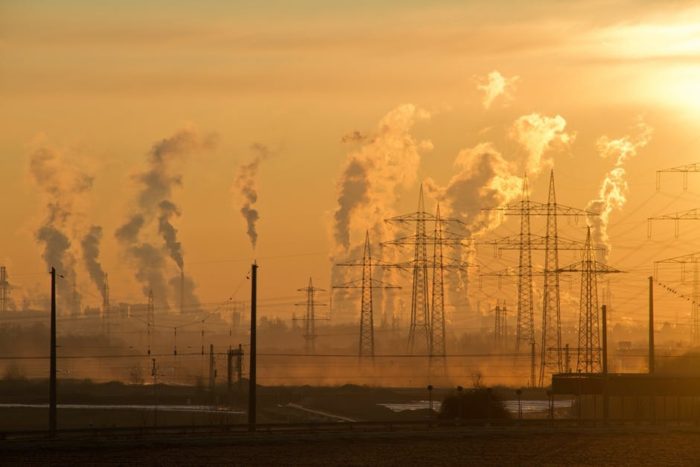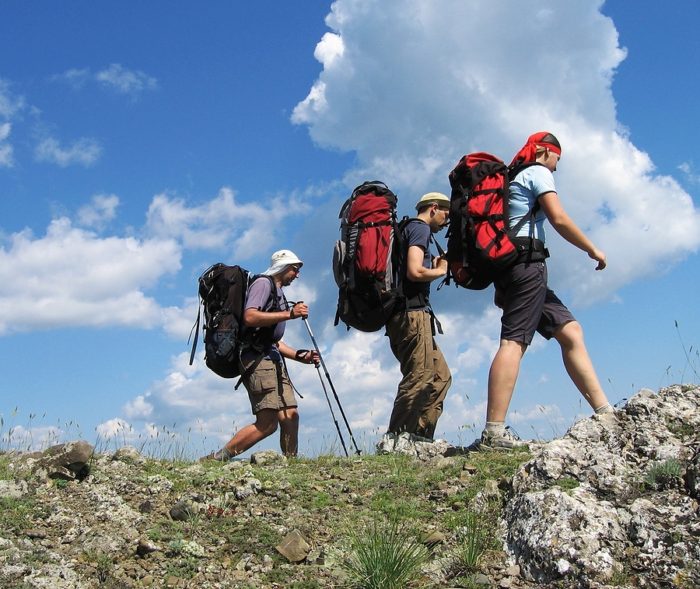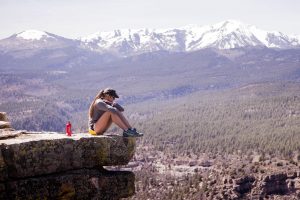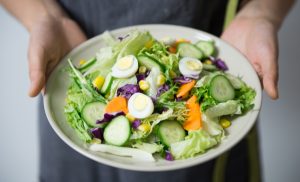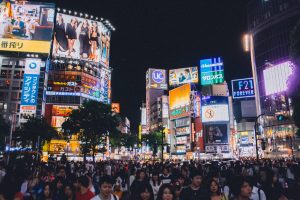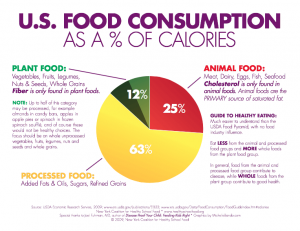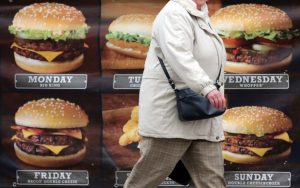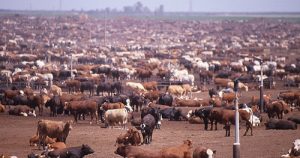This post originally appeared here on The Trek.
Why does being in nature feel so good? I considered this question a lot after I finished thru-hiking the Continental Divide Trail (CDT) last autumn, as I rapidly slipped into a state of apathy, and, concurrently, watched my glowing post-trail health decline. For those of us who spend hours wandering the outdoors, we’re intimately aware of how nature immersion improves physical and mental health. Now there’s a growing body of research to support what we’ve intuitively known.
Humans Evolved Outdoors
We have an innate connection to the Earth. We’ve known this for a long time. Do you find comfort in the sound of rustling leaves, the feeling of the breeze against your cheek, and the sight of sunlight filtering through the trees? I imagine there are few humans who don’t. Nature is where we evolved and it’s our place of respite.
Biophilia (love of life and the living world) is a concept made popular by American biologist E.O. Wilson in 1984. He believed that because we (humans) evolved in nature, we have a biological need to connect with it. We love nature because we learned to love the things that helped us survive. We feel comfortable in nature because that is where we have lived for most of our time on earth.
“And this affinity for the natural world is fundamental to our health. (It’s) as vital to our well-being as regular exercise and a healthy diet. Just as our health improves when we are in it, so our health suffers when we are divorced from it.” E.O. Wilson
An Urban Species
We have increasingly become an urban species, spending around 90% of our time indoors, with an average of about 11 hours per day on our devices. According to research in the book Forest Bathing by Dr. Qing Li, this has resulted in anxiety, headaches, depression, mental fatigue, eye strain, insomnia, frustration, irritability, and reduced quality of life.
By 2050, about 75% of the world’s projected 9 billion people will live in cities. The stress associated with living in cities is causing a lot of sickness, including more heart attacks, strokes, cancer, anxiety, and depression. The World Health Organization (WHO) calls stress the health epidemic of the 21st century.

The Benefits of Nature Immersion
A growing body of data suggests that connection to nature impacts the following health parameters:
- Reduced blood pressure
- Diminished pain
- Improved cardiovascular and metabolic health
- Improved concentration and memory
- Reduced depression
- Improved pain thresholds
- Improved energy
- Improved immune function (an increase in the count of the body’s natural killer (NK) cells)
- Increased anticancer protein production
Nervous System Regulation + Stress Reduction
Of particular importance is the effect that nature immersion has on the nervous system. The nervous system is responsible for the stress response. Increasingly, people are spending more time stuck in the sympathetic (fight or flight) mode of the autonomic nervous system, and consequently, less time in the parasympathetic (rest and repair) mode. Sympathetic overactivity is related to several diseases, particularly many of the chronic diseases that are so prevalent today. For that reason, shifting our nervous systems into sympathetic mode as often as possible is imperative for long-term health. While there are many natural approaches to lowering stress, nature immersion is free and backed by science.
Research shows that forest bathing, the practice of walking in the forest, lowers the stress hormones cortisol and adrenaline; suppresses the sympathetic system; enhances the parasympathetic system; lowers blood pressure, and increases heart-rate variability.
How the Wilderness Improves Health
How exactly is nature immersion improving our health? Based on research cited in Forest Bathing, there are several mechanisms of action, including the reduction in screen time and noise pollution, cleaner air, and the soothing sight of the fractal patterns of nature. Additionally, there are two powerful health enhancers found in forests. These are phytonides and a specific class of microbes.
Phytonides
Forests not only have a higher concentration of oxygen, but the air is full of phytonides. Phytonides are the natural oils within a plant that are part of a tree’s defense system. Phytonides protect plants from bacteria, insects, and fungi. Evergreens like pine trees, cedars, spruces, and conifers are the largest producers of phytonides. The main components of phytoncides are terpenes. These are all those scents you smell as you hike through the forest. The major terpenes are: D-limonene, alpha-pinene, beta-pinene, and camphene.
Phytoncides increase NK cells and NK activity, enhance activity of anticancer proteins, decrease levels of stress hormones, increase hours of sleep, decrease scores for tension, stimulate pleasant mood, lower blood pressure and heart rate, increase heart-rate variability, suppress sympathetic activity and increase parasympathetic activity.
Microbes
When we walk outdoors we breathe in mycobacterium vaccae, a bacteria from the soil. This bacteria boosts the immune system and a boosted immune system makes us happier.
Connect Through All Five Senses
Research cited by Dr. Li suggests that the greatest health benefits come from connecting to nature via all five senses (that’s right: hearing, sight, smell, sound, and touch). For example, natural silence, and the sight of the natural fractal patterns of nature reduce stress by as much as 60%. In terms of smell, researchers found that there are a few factors associated with forest bathing, which increase mental clarity and our sense of well-being. These include phytoncides and M. vaccae (discussed above), and the presences of negative ions in the air. In terms of touch, grounding (skin to earth contact) maintains the flow of electromagnetic energy between your body and the natural world. Grounding reduces pain, boosts immunity, and decreases inflammation. Regarding taste, there are the many nutritional benefits of truly wild foods, though you must be educated and careful while experimenting.
Minimum Effective Dose
A study in Nature, which included 20,000 participants, indicated that 120 minutes a week in nature is significantly associated with good health and well-being. It didn’t matter whether that time was in one long session or several shorter sessions per week. Furthermore, the results applied across different ethnic groups, socioeconomic classes, genders, and levels of baseline health.
How to Get Started
You likely don’t need me to tell you how to immerse yourself in nature. However, review this basic outline to ensure you get the most health benefits from your time in the wilderness.
- Find a spot in nature. The farther away from city noise, the better, but if a city park is your only option, that will do.
- Engage your five senses. Doing so pulls you out of your incessant thoughts and drops you into your present surroundings.
- Sit in one spot or walk at a steady meandering pace. The goal is not necessarily to get in a workout or even to get anywhere. This mindset shift may be the most challenging part for those of us accustomed to hiking long trails.
- Complete this practice for a minimum of 120 minutes per week.
That’s it! You’re now getting all those research-backed benefits of nature immersion. To dig deeper into this topic, start with this article, and then move on to Forest Bathing by Dr. Qing Li, The Nature Fix, and Ecopsychology. For bonus points, sit on the ground, in the sun, while you read.


